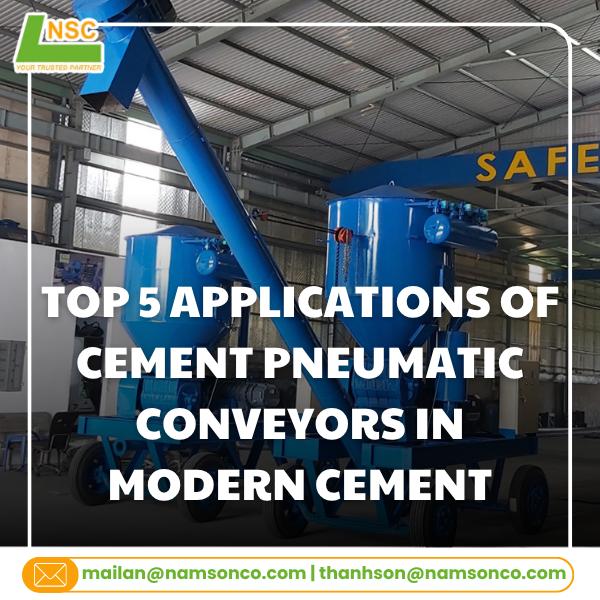


Operating a cement ship unloader efficiently is critical for maintaining smooth port operations and meeting delivery schedules. When mistakes occur, whether from improper setup, neglecting dust control, overloading, poor maintenance, or insufficient operator training, they can cause costly downtime, damage to equipment, and even safety hazards. By understanding these common errors and applying proven solutions, you can improve unloading efficiency, extend machinery lifespan, and ensure compliance with environmental standards.
In the marine bulk cement industry, the cement ship unloader is a vital piece of equipment that ensures smooth and efficient cargo handling at ports. It transfers cement from ships, barges, or bulk carriers into storage silos or directly into production facilities. When a cement vessel unloading system operates at its optimal level, it can significantly enhance productivity, lower operational costs, and minimize downtime.
Unfortunately, in many port operations, improper handling of this equipment leads to performance losses, increased maintenance expenses, and even environmental issues. Understanding the most common mistakes made when operating a cement ship unloader is essential to prevent disruptions in cement port operations and ensure that cement port unloading machinery performs at peak efficiency.
SEE MORE: What is a ship unloader? A complete guide to its function and applications
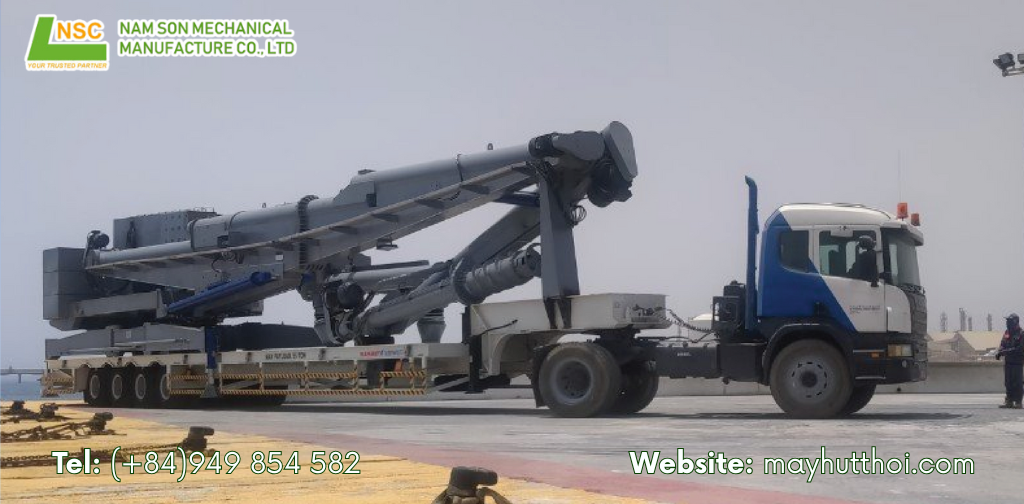
Mistakes in operating a cement unloading unit or bulk cement handling machinery can have far-reaching consequences. Poor practices often result in premature wear, costly breakdowns, and extended unloading times that keep vessels at berth longer than necessary. These issues can also compromise safety, expose workers to hazardous conditions, and lead to violations of environmental regulations.
By identifying and correcting these problems early, operators can protect the performance and longevity of their cement bulk ship unloaders, reduce operating costs, and maintain compliance with industry standards.
One of the most common operational errors is the incorrect setup of the cement bulk ship unloader during installation. If a stationary cement unloader is misaligned or improperly balanced, it can cause excessive vibration, uneven wear on components, and higher energy consumption. This often happens when installation crews overlook the manufacturer’s guidelines or skip essential alignment checks for conveyors and pneumatic systems. Such mistakes reduce the efficiency of the cement unloading unit and place unnecessary stress on the bulk cement ship unloader. To avoid these problems, it is essential to follow installation standards strictly and perform regular inspections to ensure proper alignment before the equipment is put into service.
Cement dust is more than just an inconvenience; it is a serious environmental and health concern. Many facilities neglect the upkeep of their low-dust cement unloaders, allowing the efficiency of the dust-free cement unloading system to deteriorate over time. Without proper cleaning or timely replacement of filters, dust suppression becomes ineffective, and large amounts of cement particles escape into the atmosphere. Some operators continue to use outdated systems without modern filtration technology, which can lead to poor air quality, regulatory violations, and unsafe working conditions. The best solution is to upgrade to an eco-friendly cement ship unloader equipped with advanced dust control technology and maintain the system regularly to ensure optimal performance.
Even a high-capacity cement ship unloader or heavy-duty cement unloader has operational limits, and pushing beyond them can cause serious damage. Overloading occurs when the feed rate exceeds the equipment’s design capacity, often in an attempt to speed up unloading without proper load monitoring. This places heavy stress on bulk cement handling machinery, potentially damaging conveyors, motors, and pneumatic lines, while also reducing the lifespan of the system. To prevent such issues, operators should use load sensors and automated control systems to monitor capacity and operate the high-capacity cement ship unloader within safe limits.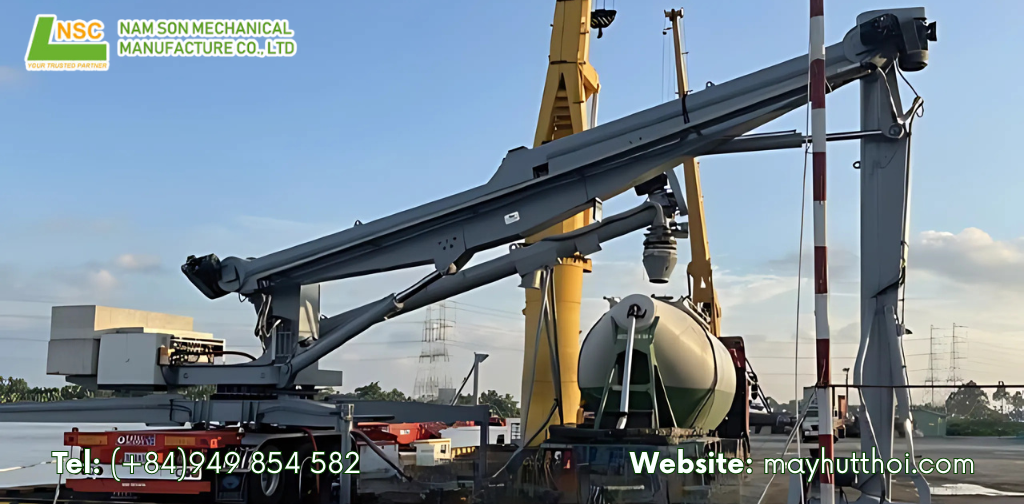
Neglecting cement unloader maintenance is a costly mistake that can gradually undermine the performance of the cement vessel unloading system. Without a preventive maintenance plan, corrosion, rust, and mechanical failures can develop unnoticed until they cause major breakdowns. Many facilities also fail to upgrade to a corrosion-resistant cement unloader, which offers better durability and ease of maintenance. Adopting a strict maintenance schedule and investing in operator-friendly cement unloaders designed for quick servicing will help extend equipment life and minimize downtime.
Even the most sophisticated smart-control cement unloader cannot compensate for poorly trained operators. Without proper cement ship unloader training, workers may operate the equipment incorrectly, lowering productivity and increasing the risk of accidents. This issue is particularly noticeable when ports introduce advanced technologies such as remote-operated cement unloaders without providing comprehensive operator training. Investing in regular training programs ensures that staff can handle both routine tasks and emergencies effectively. Additionally, implementing remote-control systems can further reduce manual errors and enhance operational safety.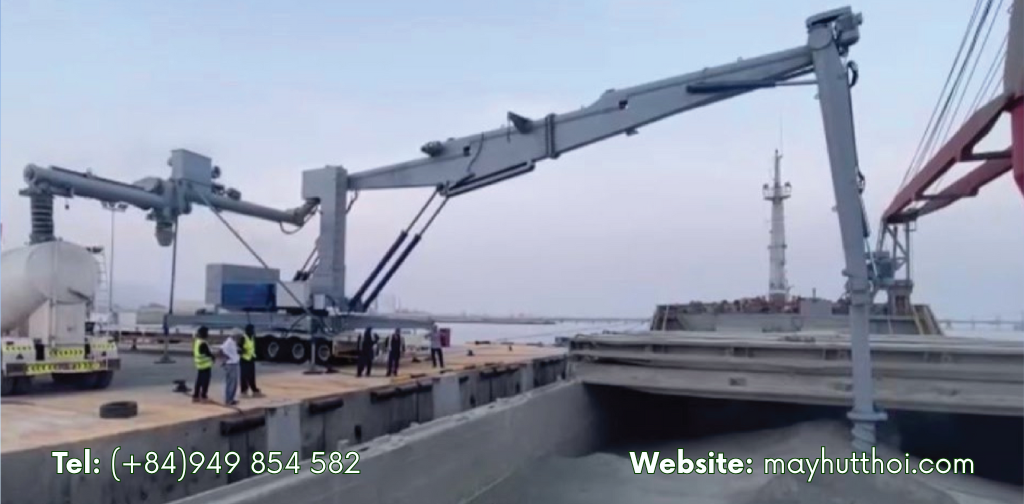
| Error | Main | Cause | Impact Solution |
|---|---|---|---|
| Improper Setup of the cement ship unloader | Incorrect installation, poor alignment of the stationary cement unloader | Reduced efficiency, increased wear on the bulk cement ship unloader | Follow manufacturer guidelines, inspect, and realign regularly |
| Ignoring dust control systems | Outdated or poorly maintained dust-free cement unloading system | Air pollution, health hazards, and non-compliance with port standards | and maintain the filtereco-friendly cement ship unloaderUpgrade to an |
| Overloading the equipment | Exceeding the design capacity of the high-capacity cement ship unloader | Damage to bulk cement handling machinery, reduced lifespan | Use load sensors, balance loads, and operate within safe limits |
| Poor maintenance practices | Skipping scheduled cement unloader maintenance | Corrosion, mechanical failure, downtime | Implement preventive maintenance, upgrade to corrosion-resistant cement unloader |
| Using inadequate training for operators | Lack of cement ship unloader training | Incorrect operation, lower productivity, safety risks | Provide regular training, and use a remote-operated cement unloader for safer handling |
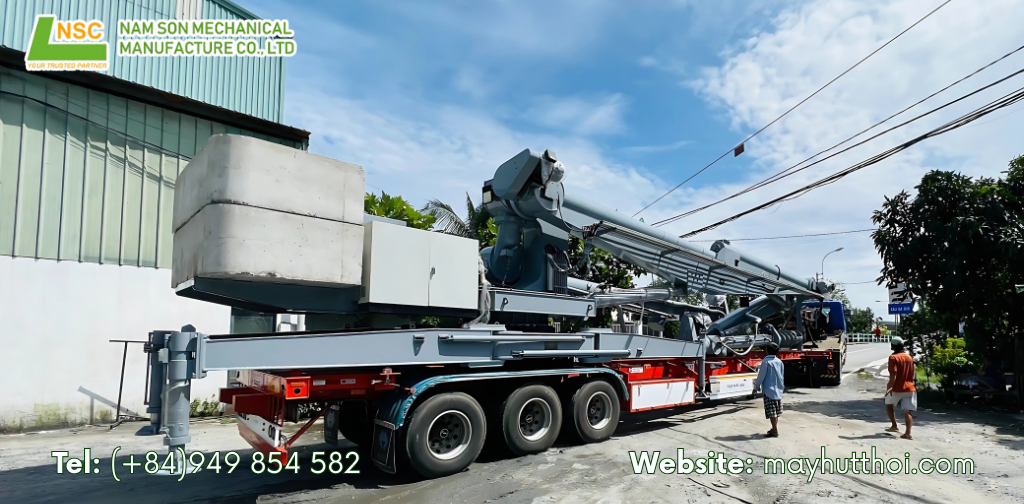
Preventing these operational errors requires a proactive approach that combines the right equipment, regular training, and professional support. Partnering with a cement handling consultancy can help ports and terminals streamline workflows and adopt best practices. Investing in cement bulk unloading turnkey solutions ensures that every component of the unloading process is integrated and optimized for efficiency. Choosing reputable suppliers of cement port equipment solutions guarantees access to high-quality machinery, reliable maintenance services, and the latest technological innovations. When these strategies are in place, operators can maximize the productivity and longevity of their cement vessel unloading systems while maintaining strict compliance with environmental and safety standards.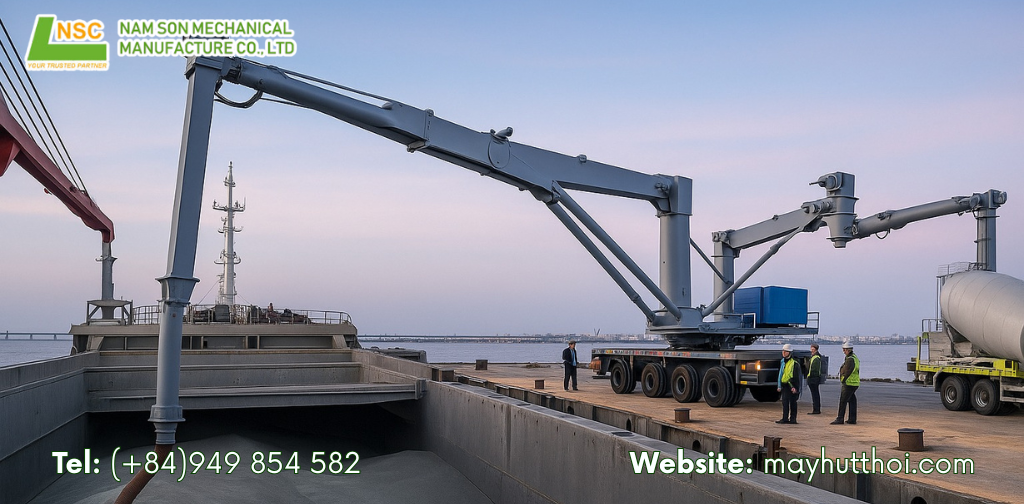
The proper operation of a cement ship unloader is essential for maintaining high productivity, ensuring worker safety, and keeping operational costs under control. By avoiding common mistakes, such as improper setup, neglecting dust control, overloading, poor maintenance, and inadequate training, ports can keep their cement bulk ship unloaders running efficiently for years to come. Coupled with regular maintenance, timely equipment upgrades, and continuous operator training, these practices will help cement facilities thrive in an increasingly competitive and environmentally conscious maritime industry.
Looking to upgrade or optimize your cement ship unloader for maximum efficiency and durability?
Contact us today for expert solutions, advanced dust control systems, and high-capacity unloading technology tailored to your port’s needs.
Copyright © 2016 Nhuamisa